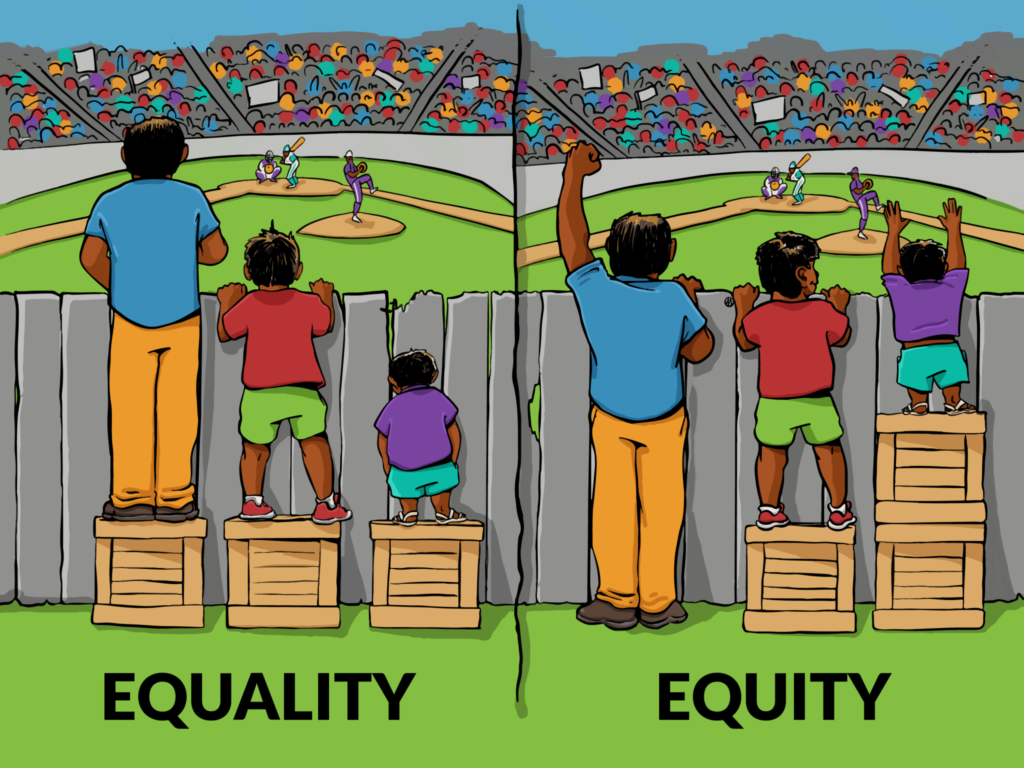
Equity in Schools
Inclusion within schools means a concept that affirms equal treatment for all children regardless of their race, color, sex, national origin, marital status, (Academic Coaching)familial status, parental status, religion, age, political party affiliation, genetic information, or disability. Schools when they nurture fairness can start to address issues of equity in academic achievement and social class.
Equity in School: Definition and Conceptual Analysis
Equality in education therefore means understanding that students are incapable in different ways. Essentially, it is about how to meet these differences by furnishing the students with the tools, help, and opportunities for their success.
This paper explains why equity matters in education.
Equity makes sure that every learner achieves their full capacity as they have equal opportunities as the other learners, despite their income status, ethnic background, or learning disability. If effective steps are taken to reduce achievement differences, schools foster equity, fairness, and student readiness for a global society.
Barriers to Equity in School
Though the concept of equity has attractive theoretical assumptions, it has some shortcomings that most schools experience. Hear supervision can control its biases and treat students differently while others cannot access modern learning utilities due to the digital divide.
Look video for more information about this topic Equity in Schools
Measures taken to Support Equity in School
The observation is that culturally responsive teaching practices can help improve the educational experience by serving cultural diversity. Attention and guidance facilitate young people’s learning process – the situation indicates an effective direction for education for underprivileged learners.
Place of and Use of Technology in the Increase of Equity
This is where technology comes into play since it helps support equity by providing quality learning solutions. Technology can make lessons customized, extend access to class materials for unavailable communities, and allow students to connect with professors and tutors away from them. E-learning platforms also support the solution for students who cannot apply for regular books and sources.
Conclusion: Toward Inclusive Education
Depending precisely on the needs of each learner and working to unsettle specified structures of oppression, education can be the tool for change for each and every learner.
Most asking questions about this topic Equity in Schools
Equity in Schools: Making Equal Chance for All the Students.
This a direct link for your help
This is a link for your help Amazing link
This link for your help Immortal link
This is a direct link for your help Industrious link
This is a direct link of money tag Unbelievable link
Direct link for your help Terrific link






One thought on “Equity in Schools: Making Equal Chance for All the Students.”